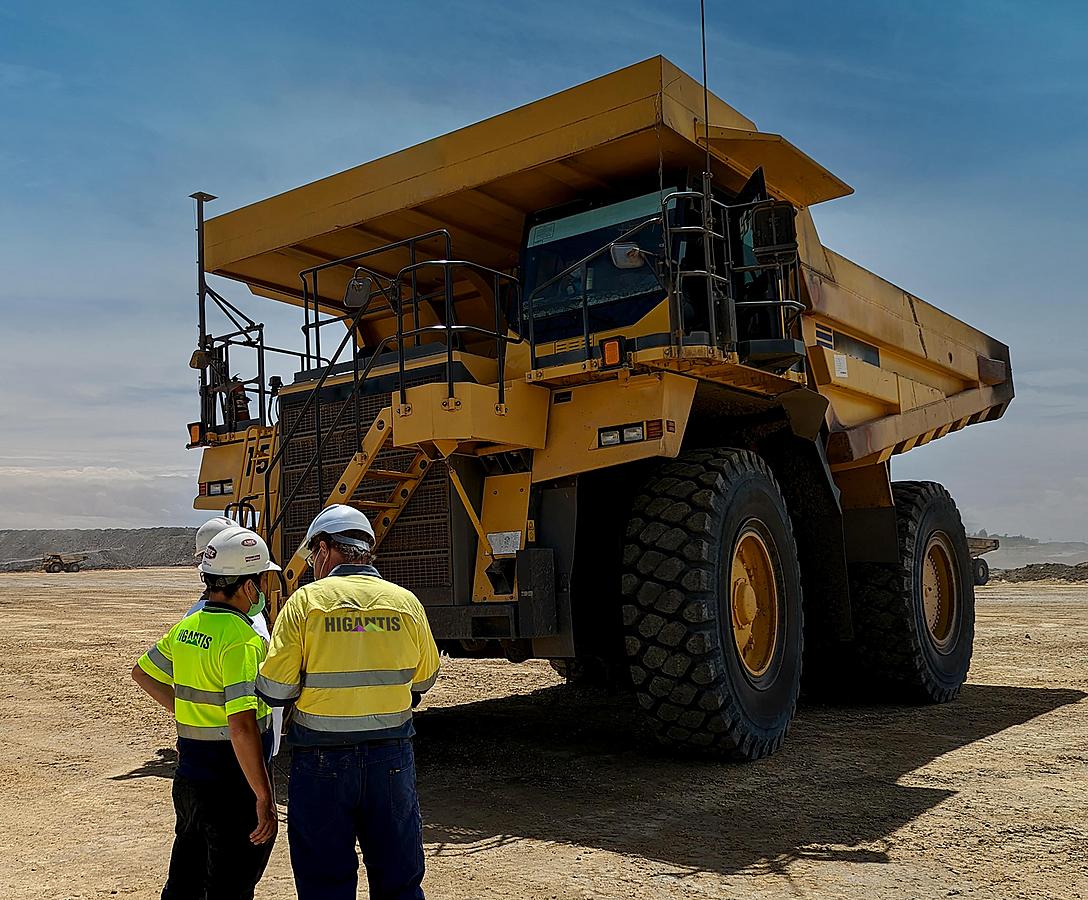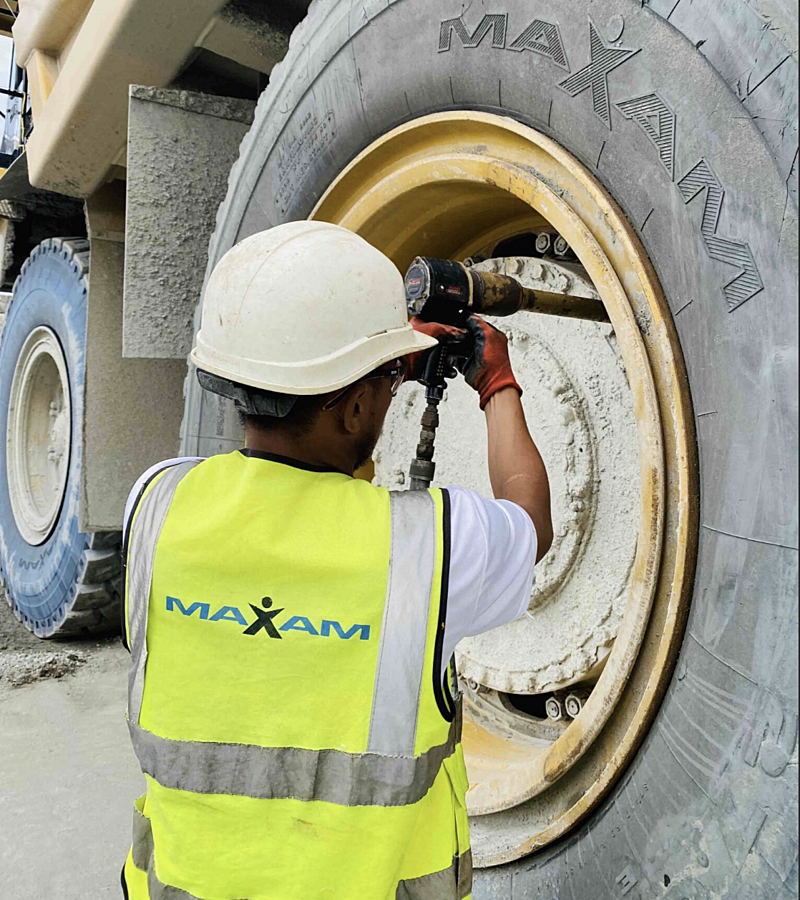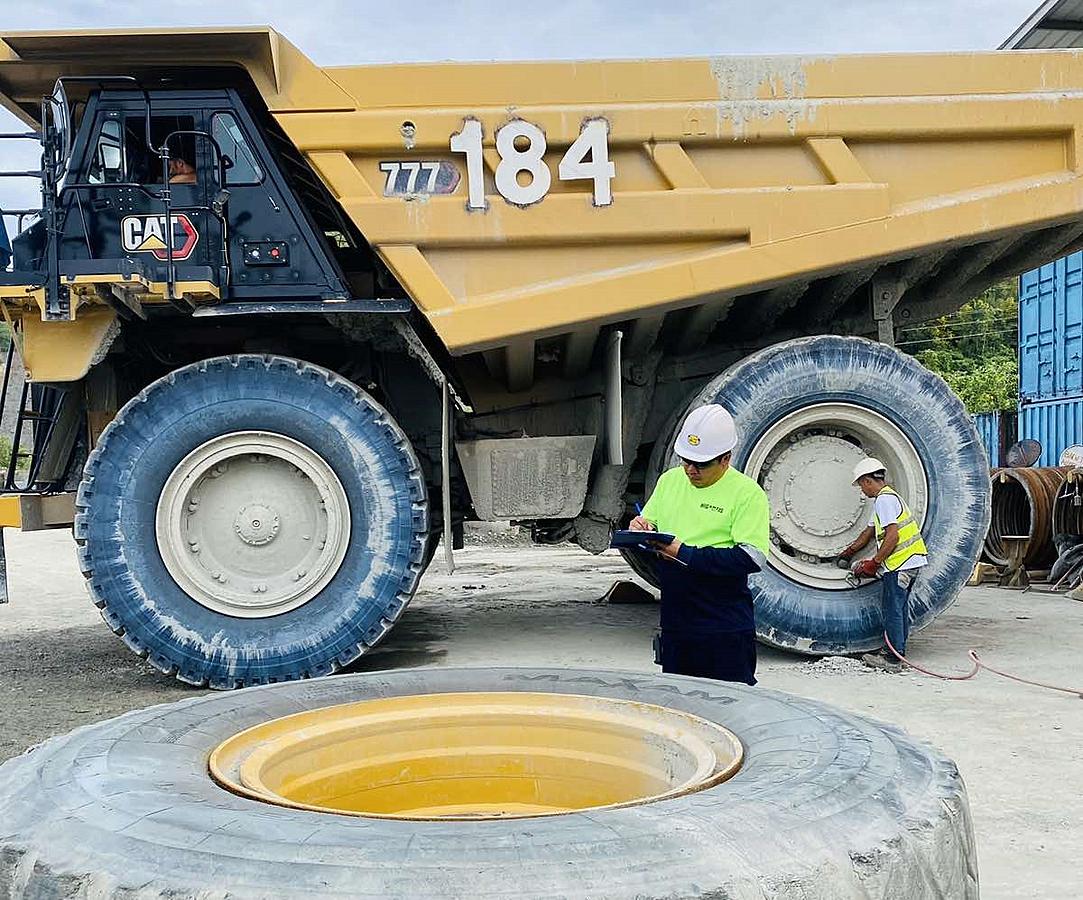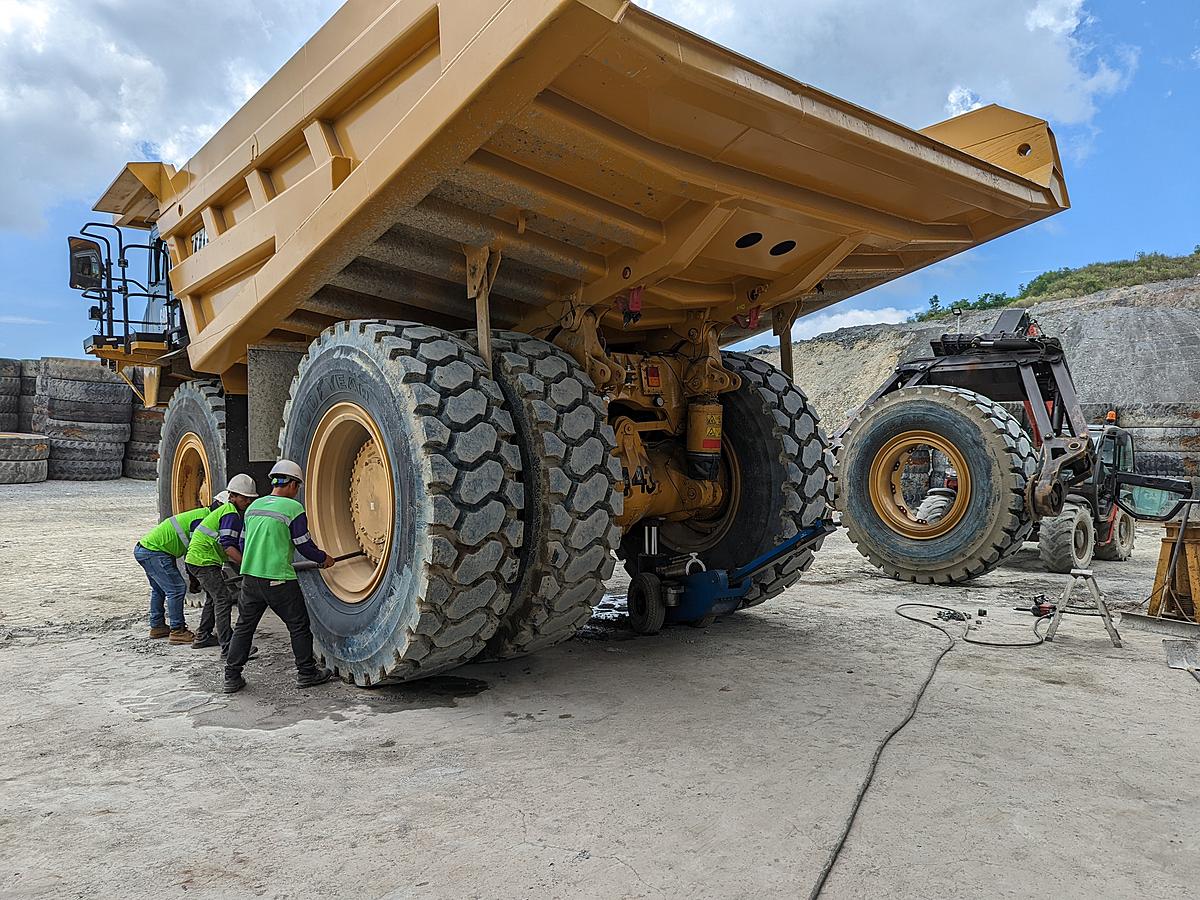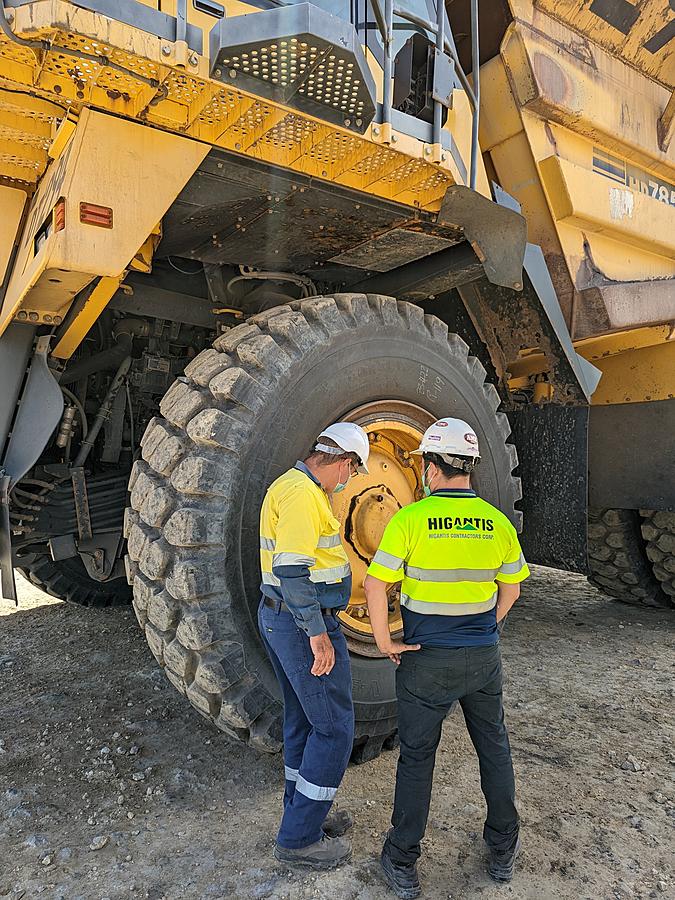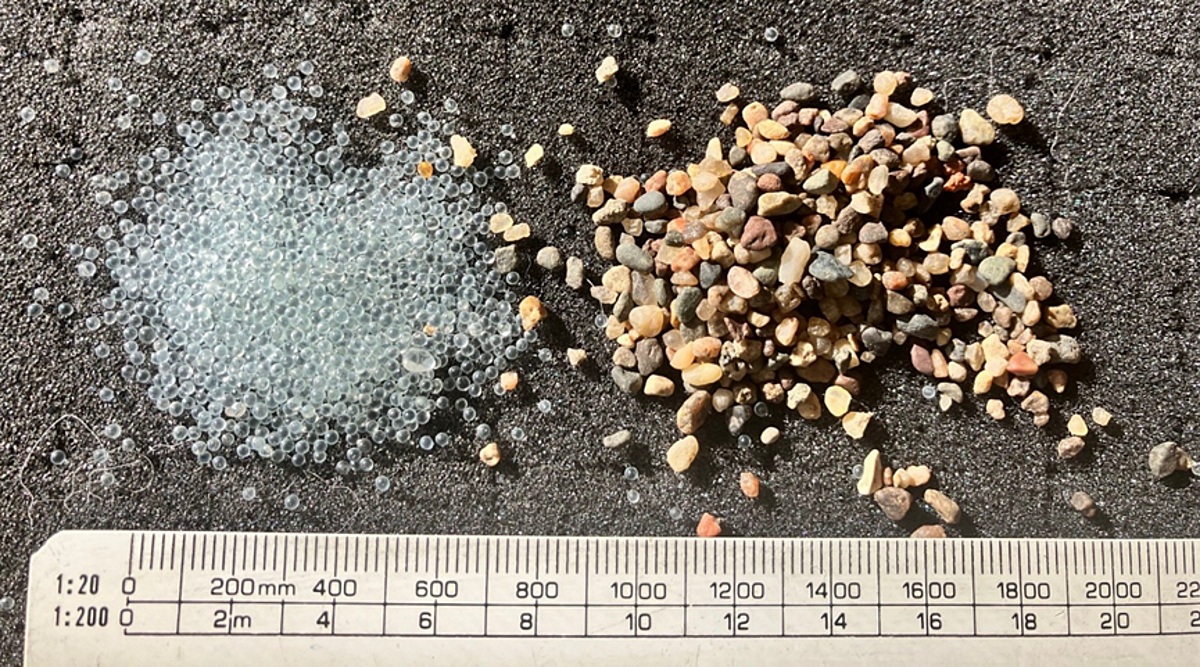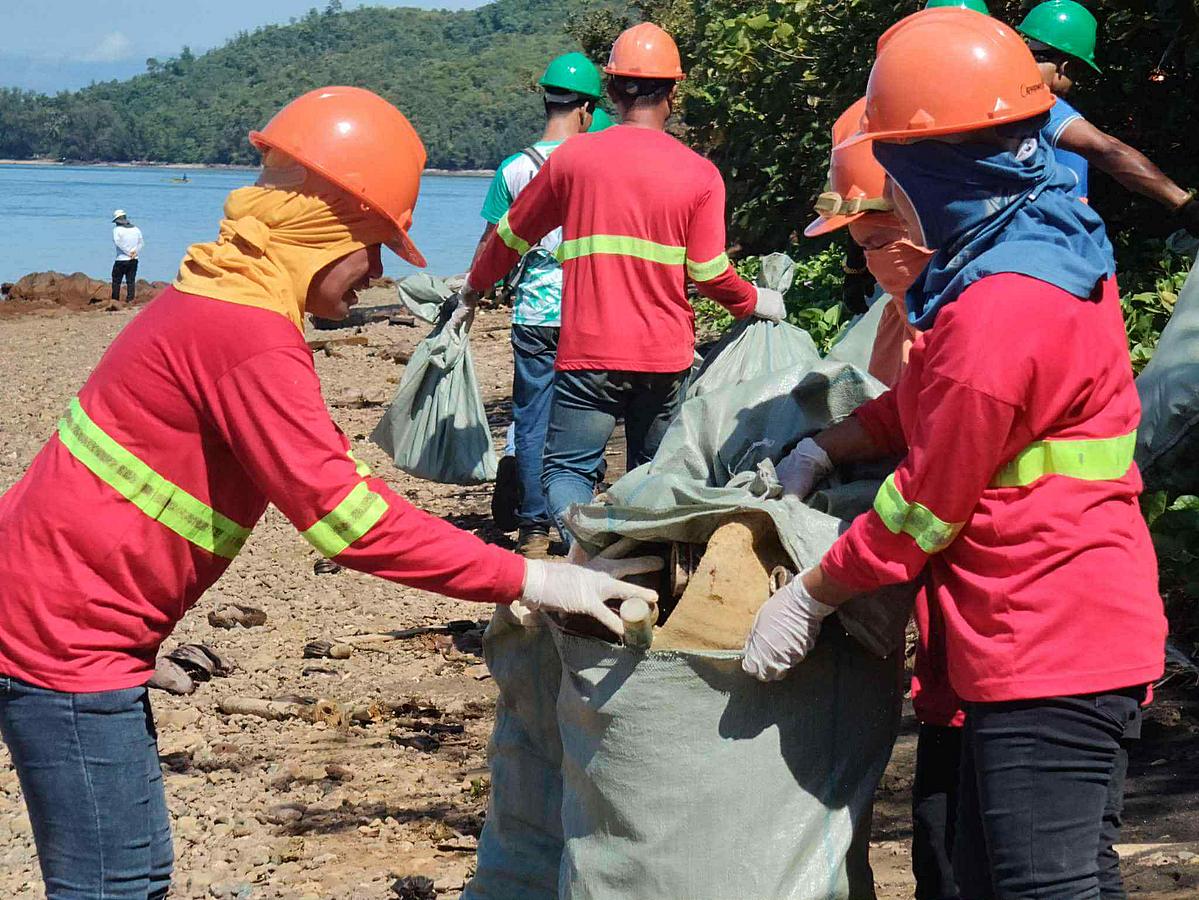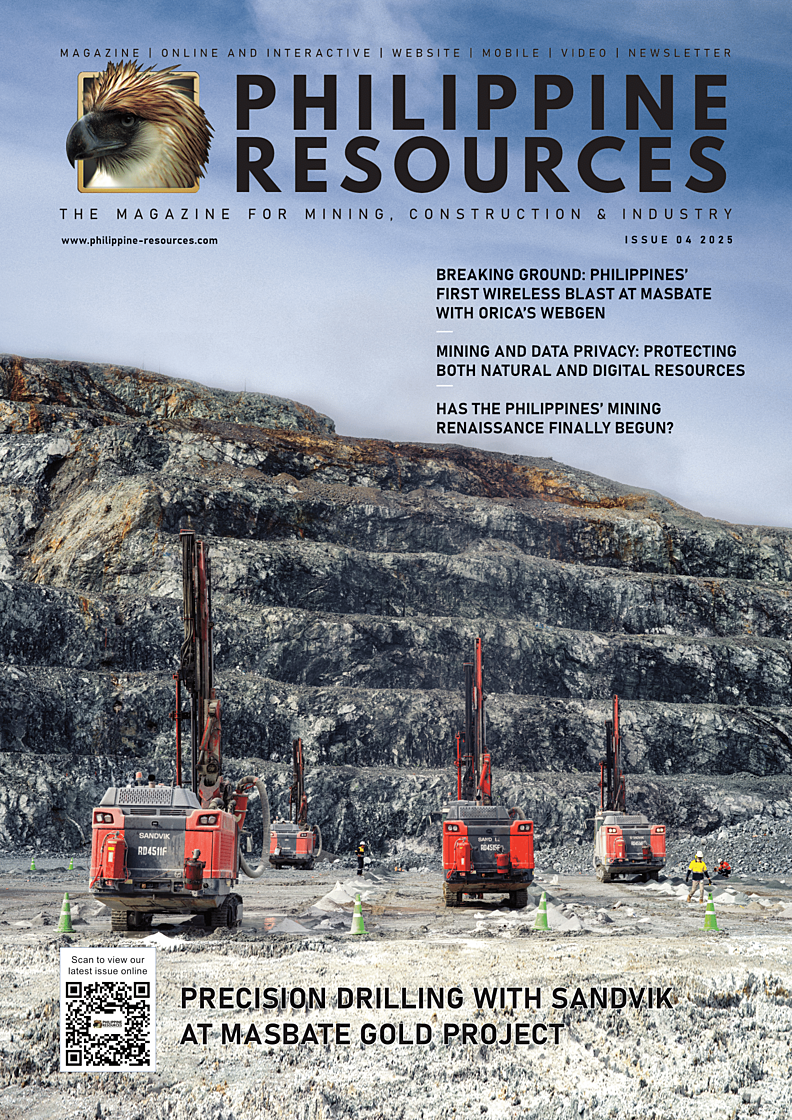In the world of heavy industries, your equipment’s tires are more than just rubber meeting the road. They're critical to performance, safety, and cost-efficiency.
Nowhere is this truer than in construction and mining, where off-the-road (OTR) tires are constantly tested by extreme loads, harsh terrain, and unpredictable conditions.
The difference between uptime and costly downtime often comes down to tire health. Industry specialists from Higantis Corporation, known for their OTR tire expertise and support services across the Philippines, together with Maxam Tire, say that one of the most powerful tools in your tire strategy is consistent inspection, and knowing what to look for.
Why Daily Tire Inspections Matter
OTR tires are high-value assets. A small issue left unchecked can escalate into a failure that takes your whole machine out of commission. A five-minute walk-around at the start of a shift could save thousands in lost time and replacement costs.
Daily checks should include three steps: (1) External condition: Are there visible cuts, cracks, bulges, or foreign objects? (2) Rims and valves: Are they clean, intact, and free from leaks? and (3) Tire pressure: Is it properly inflated to match the machine’s load as per manufacturer’s recommendations?
But beyond the basics, Higantis encourages operations to familiarize themselves with common forms of tire damage and how to respond.
5 Common Signs of OTR Tire Damage and What to Do
1. Punctures and Cuts
What happens: Sharp debris penetrates the tread or casing.
Result: Air loss and reduced casing integrity.
Action: If caught early, the tire can often be repaired. If too deep, retire the tire.
2. Tread or Ply Separation
What happens: Cuts or impact lead to layers separating inside the tire.
Result: Heat builds up, enlarging the separation.
Action: Early-stage damage may be fixable.
3. Heat Separation
What happens: Operating above the tire’s TKPH rating (tonne kilometers per hour) or overloading.
Result: Tread or bead separation
Action: Reassess TKPH and loads. Higantis can help calculate your operation’s limits.
4. Turn-Up Separation
What happens: Excessive load causes bending over the flange.
Result: Heat buildup and casing failure.
Action: Adjust loading and remove the tire once steel is exposed.
5. Impact Breaks
What happens: A high-force collision exceeds the tire’s structural capacity.
Result: Blowout or internal casing damage.
Action: Scrap the tire, improve road cleanliness and driver awareness.
The Higantis Edge: More Than Just Tires
At Higantis, tire support doesn’t stop at sales. Their team provides comprehensive OTR tire programs that combine expert guidance, field inspections, and training to improve tire performance and safety on site.
What sets Higantis apart is their deep understanding of real-world operations and their proactive approach through:
- Application-based tire recommendations
- Routine on-site inspections
- Pressure and load audits
- Operator and maintenance team training
- Mobile servicing and emergency response
Protect Your Investment
With OTR tires representing a significant portion of operational budgets, the need for preventive maintenance and expert advice has never been greater. Whether it’s preventing downtime, extending tire life, or improving overall site safety, partnering with a specialist like Higantis gives you the edge.
Need help assessing your tires, site conditions, or choosing the right replacement?
Contact Higantis today to schedule a professional tire evaluation and explore maintenance solutions tailored to your operations.

